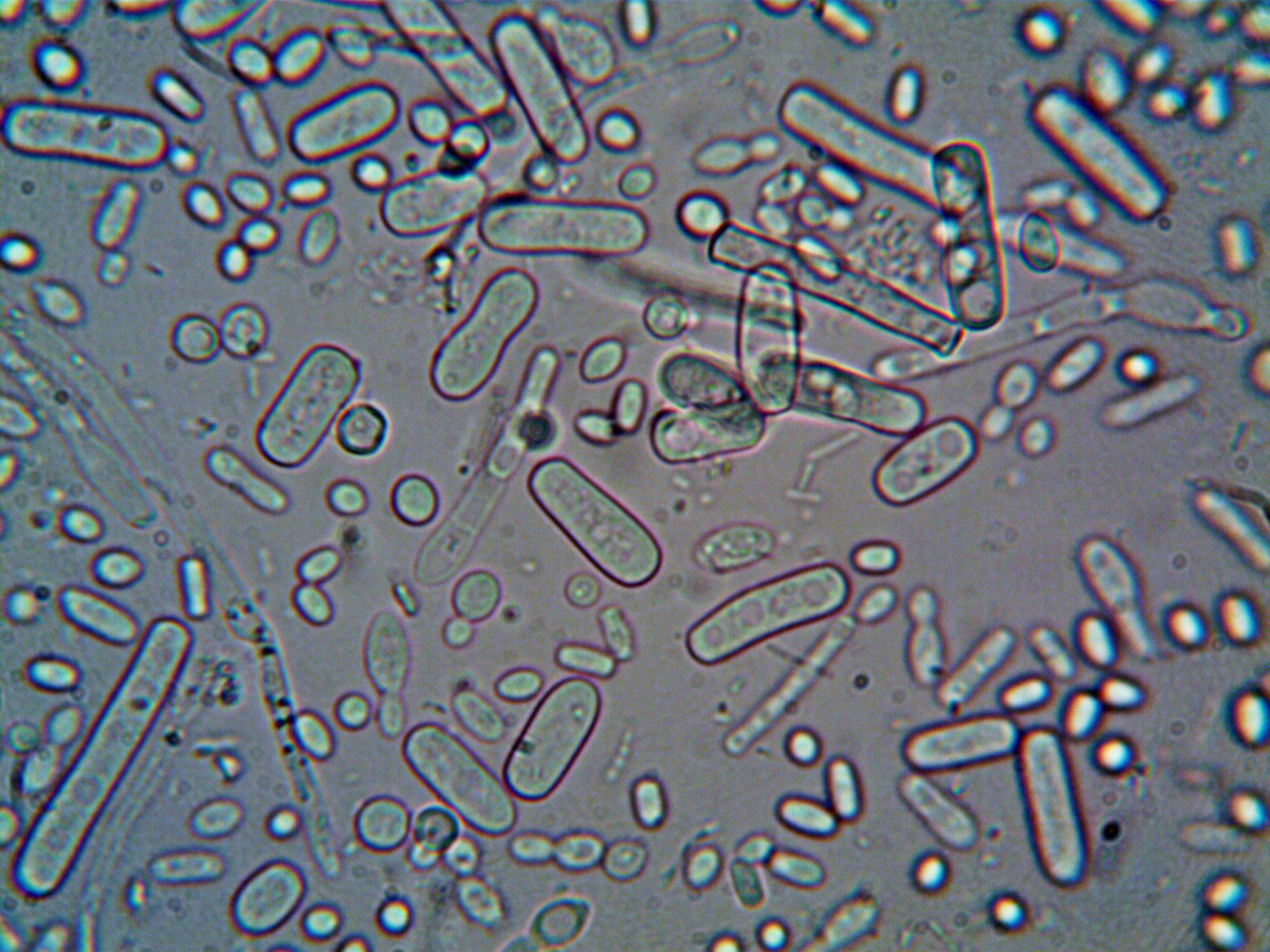Legionella Control in Hotels: A Guide for Hospitality Managers
Legionella is a type of bacteria that can cause serious respiratory infections, such as Legionnaires’ disease and Pontiac fever. It can grow and spread in water systems, especially in warm and stagnant water. That means, Hotels in particular are at risk of Legionella contamination, as they have complex water systems that serve many guests and staff.
Legionella control in hotels is essential to protect the health and safety of everyone who uses the water facilities. That’s why, we at PTS, are here to help.
In this guide, we will provide some tips on how to prevent and manage Legionella risks in hotels, covering the following topics:
- Performing a water system risk assessment
- Legionella Control Measures
- Maintaining hot water temperatures
- Disinfecting cooling towers
- Flushing guest room showers and faucets
- Cleaning hot tubs and decorative fountains
- Testing pool and spa water
- Using water treatment programs
- Training housekeeping staff on control procedures
Performing a water system risk assessment
The first step to Legionella control in hotels is to conduct a water system risk assessment. This is a legal requirement under the Health and Safety at Work etc. Act 1974 and the Control of Substances Hazardous to Health Regulations 2002. A water system risk assessment involves identifying and assessing the potential sources of Legionella exposure, such as:
- Hot and cold water systems
- Showers and taps
- Cooling towers and evaporative condensers
- Hot tubs and spas
- Decorative fountains and water features
- Fire sprinkler systems and hose reels
- Water storage tanks and cisterns
- Water filters and softeners
- Water heaters and boilers

Risk assessments we perform for hotels will also evaluate the following factors:
- The condition and design of the water system
- The water quality and temperature
- The frequency and duration of water use
- The maintenance and cleaning procedures
- The level of training and awareness of staff and guests
- The records and documentation of water system management
Maintaining hot water temperatures
One of the most effective ways to prevent Legionella growth in water systems is to maintain the appropriate water temperatures.
Legionella bacteria thrive in water temperatures between 20°C and 45°C, but they are killed by temperatures above 60°C.
Therefore, it is recommended that hot water systems in hotels are set to deliver water at a minimum of 60°C at the point of use, and that cold water systems are kept below 20°C. However, it is also important to consider the risk of scalding, especially for vulnerable guests, such as children, elderly, and disabled people. To prevent scalding, thermostatic mixing valves (TMVs) should be installed at the point of use, such as showers and taps, to reduce the water temperature to a safe level, usually between 38°C and 46°C. TMVs should be checked and serviced regularly to ensure they are working properly.
Disinfecting cooling towers
Cooling towers are devices that use water to cool down air or equipment. They are often used in hotels for air conditioning or refrigeration systems. Cooling towers can pose a high risk of Legionella contamination, as they create aerosols that can carry the bacteria over long distances. Therefore, cooling towers should be disinfected regularly to kill any Legionella bacteria and prevent biofilm formation.
The disinfection process should follow the guidelines of the Health and Safety Executive (HSE) and the Department of Health and Social Care (DHSC), which include:
- Using an approved biocide, such as chlorine, bromine, or chlorine dioxide, to treat the water
- Monitoring the biocide concentration and pH level of the water
- Cleaning and inspecting the cooling tower components, such as the fill, drift eliminators, and fans
- Draining and flushing the cooling tower system at least once a year
- Keeping a logbook of the disinfection activities and results
Flushing guest room showers and faucets
Showers and faucets in guest rooms can also harbour Legionella bacteria, especially if they are not used frequently or for long periods of time. This can create stagnant water and biofilm in the pipes and fittings, which can provide a favourable environment for Legionella growth. To prevent this, showers and faucets in guest rooms should be flushed regularly, preferably every week, or before a new guest arrives.
The flushing process should involve running both hot and cold water for at least five minutes, or until the water reaches a steady temperature. The showerhead and faucet should be cleaned and disinfected with a suitable product, such as chlorine or hydrogen peroxide. The showerhead and faucet should also be removed and descaled periodically, to remove any mineral deposits that can reduce the water flow and increase the risk of Legionella growth.

Cleaning hot tubs and decorative fountains
Hot tubs and decorative fountains are another potential source of Legionella exposure in hotels, as they produce aerosols that can be inhaled by guests and staff. Hot tubs and decorative fountains should be cleaned and maintained regularly, following the manufacturer’s instructions and the industry standards. Some of the best practices for cleaning hot tubs and decorative fountains include:
- Draining and refilling the water at least once a month, or more often depending on the usage and water quality
- Using an approved biocide, such as chlorine or bromine, to treat the water
- Monitoring the biocide concentration, pH level, and temperature of the water
- Cleaning and inspecting the filters, pumps, jets, and nozzles
- Removing any debris, such as leaves, dirt, or algae, from the water and the surfaces
Testing pool and spa water
Pools and spas are also prone to Legionella contamination, as they have warm and recirculating water that can support the bacteria’s growth. Pools and spas should be tested regularly for Legionella and other water quality parameters, such as biocide concentration, pH level, turbidity, and total dissolved solids. The testing frequency and methods should follow the guidelines of the HSE and the Pool Water Treatment Advisory Group (PWTAG), which recommend:
- Testing the pool and spa water at least once a day, or more often depending on the usage and water quality
- Using a reliable and accurate testing kit, such as a dipstick, a test strip, or a photometer
- Taking samples from different locations and depths of the pool and spa
- Recording the test results and taking corrective actions if needed
- Sending samples to a laboratory for Legionella testing at least once a quarter, or more often if there is a suspected or confirmed case of Legionella infection
Using water treatment programs
Water treatment programs are designed to prevent and control Legionella and other waterborne pathogens in water systems. Water treatment programs can include various methods – here’s a few:
Chemicals that kill or inhibit the growth of microorganisms, such as chlorine, bromine, chlorine dioxide, or copper-silver ionisation
Chemicals that protect the metal components of the water system from corrosion, such as phosphates, silicates, or molybdates.
Chemicals that prevent the formation of mineral deposits that can reduce the water flow and increase the risk of Legionella growth, such as polyphosphates, polymers, or chelating agents
Devices that remove particles and contaminants from the water, such as sand filters, cartridge filters, or membrane filters
Radiation that damages the DNA of microorganisms and prevents them from reproducing
A gas that oxidises and destroys microorganisms and organic matter
Water treatment programs should be tailored to the specific needs and characteristics of the water system, and should be monitored and evaluated regularly to ensure their effectiveness and safety.
Contact Pipe Testing Services
By choosing PTS, you can save time, money, and hassle, and ensure that your hotel facility is in full compliance with the legal requirements and the best practices for Legionella prevention. Plus, you can benefit from PTS’s competitive prices, fast turnaround, and excellent customer service.
Phone – 01922 451646
Email – enquiries@pipetestingservices.co.uk
Address – Unit 27 Birchbrook Industrial Estate, Shenstone, Lichfield, Staffs, WS14 0DJ
We are committed to delivering reliable and reputable services to ensure the safety and compliance of your water systems. Contact us now to discuss your needs or to schedule a consultation. Our knowledgeable team is ready to assist you.
Contact us today to discuss your Legionnaires risk assessment for hotel or hospitality facility. Receive a personalised quotation that meets your budget and ensures the highest quality of service.
